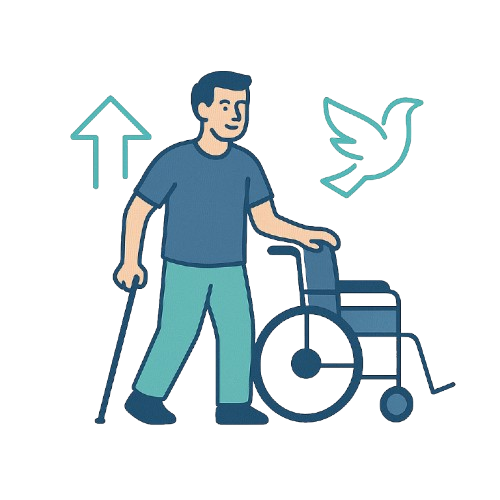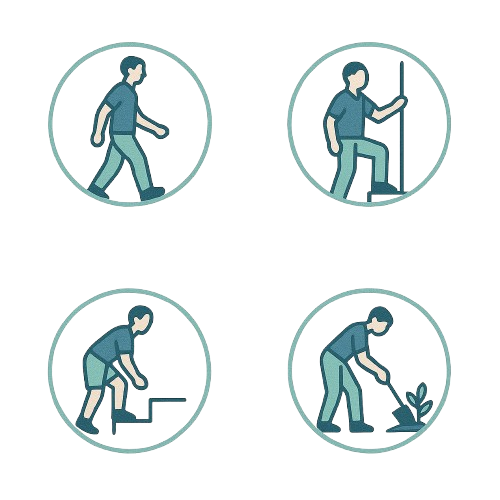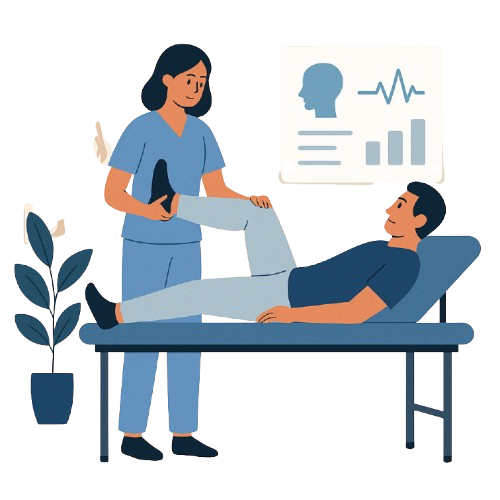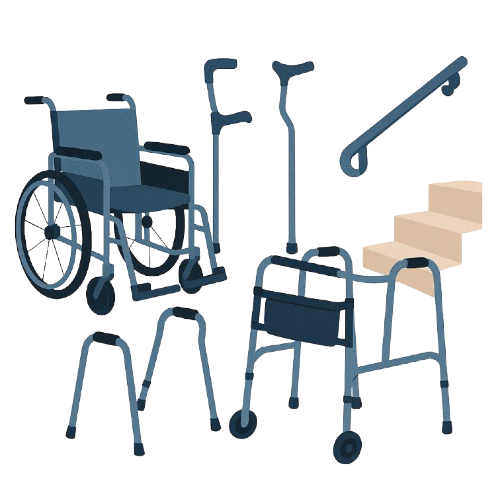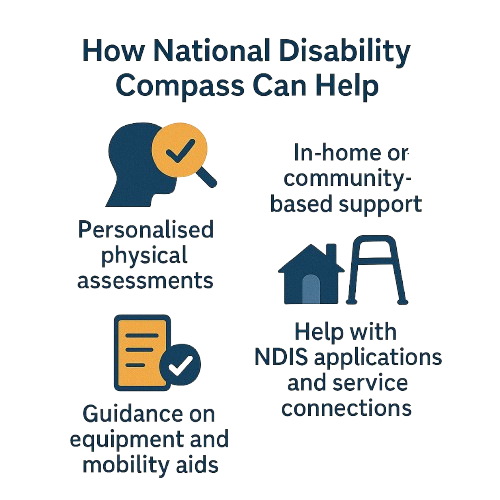Mobility & Strength – A Practical Resource Guide
At National Disability Compass, we understand that mobility and strength aren’t just about physical health — they’re about freedom, independence, and dignity. This guide has been created to help you understand what mobility and strength really mean, what supports are available, and how to take meaningful steps forward — no matter where you are in your journey.
What Are Mobility and Strength?
Mobility refers to your ability to move freely and easily — this includes walking, standing, shifting positions, or even reaching.
Strength is your body’s ability to apply force — whether to lift, support, or move yourself.
Together, they form the foundation for daily activities like:
Getting out of bed or a chair
Climbing stairs
Lifting groceries
Pushing a wheelchair
Going for a walk in the park
Why It Matters
Improving or maintaining your mobility and strength can lead to:
Better independence in daily routines
Less pain and stiffness
Improved posture and balance
Fewer falls or accidents
Increased confidence in your own body
Stronger emotional and mental wellbeing
Even small improvements in strength and movement can have a big impact on quality of life.
Common Barriers to Mobility & Strength
Many people face challenges due to:
Long-term disability or injury
Muscle atrophy (muscle wasting from disuse)
Neurological conditions (e.g. MS, cerebral palsy)
Chronic pain or fatigue
Age-related changes
Fear of movement or falling
If any of these apply to you or someone you care for, you are not alone — and there are supportive options available.
Types of Support Available
Therapeutic Interventions
Physiotherapy – to restore movement and function.
Exercise Physiology – targeted plans to increase strength and endurance.
Occupational Therapy – to help you use your body effectively for daily tasks.
Mobility Aids & Equipment
Walking frames, canes, and wheelchairs
Transfer aids (like slide boards or hoists)
Adjustable beds, handrails, or grab bars
Powered mobility devices (scooters, electric wheelchairs)
Tip: Your therapist can help you trial these and apply for funding through the NDIS.
Seated or supported resistance band routines
Bed-based stretching and range of motion work
Standing balance drills
Chair yoga or gentle pilates
These are especially useful for those with limited mobility, chronic fatigue, or injury recovery.
Home-Based Exercise Plans
Under the NDIS, you may be eligible for:
Allied health support (Exercise Physiology, Physio, OT)
Capacity Building funding to increase independence through physical training
Core Supports to assist with daily activities involving movement
Assistive Technology funding for mobility aids
We can help guide you through these options and connect you with the right services and documentation.
NDIS & Mobility/Strength
Practical Tips to Get Started
Start where you are – even small stretches or breathing exercises are progress.
Be consistent – even 10 minutes per day makes a difference over time.
Track your progress – keep a notebook or use a phone app to track movement and strength.
Set realistic goals – like “stand up from my chair without support” or “walk for 5 minutes with my walker.”
Celebrate milestones – every improvement counts.
How National Disability Compass Can Help
We offer:
Personalised physical assessments
In-home or community-based support
Guidance on equipment and mobility aids
Help with NDIS applications and service connections
Practical, empathetic support tailored to your needs
